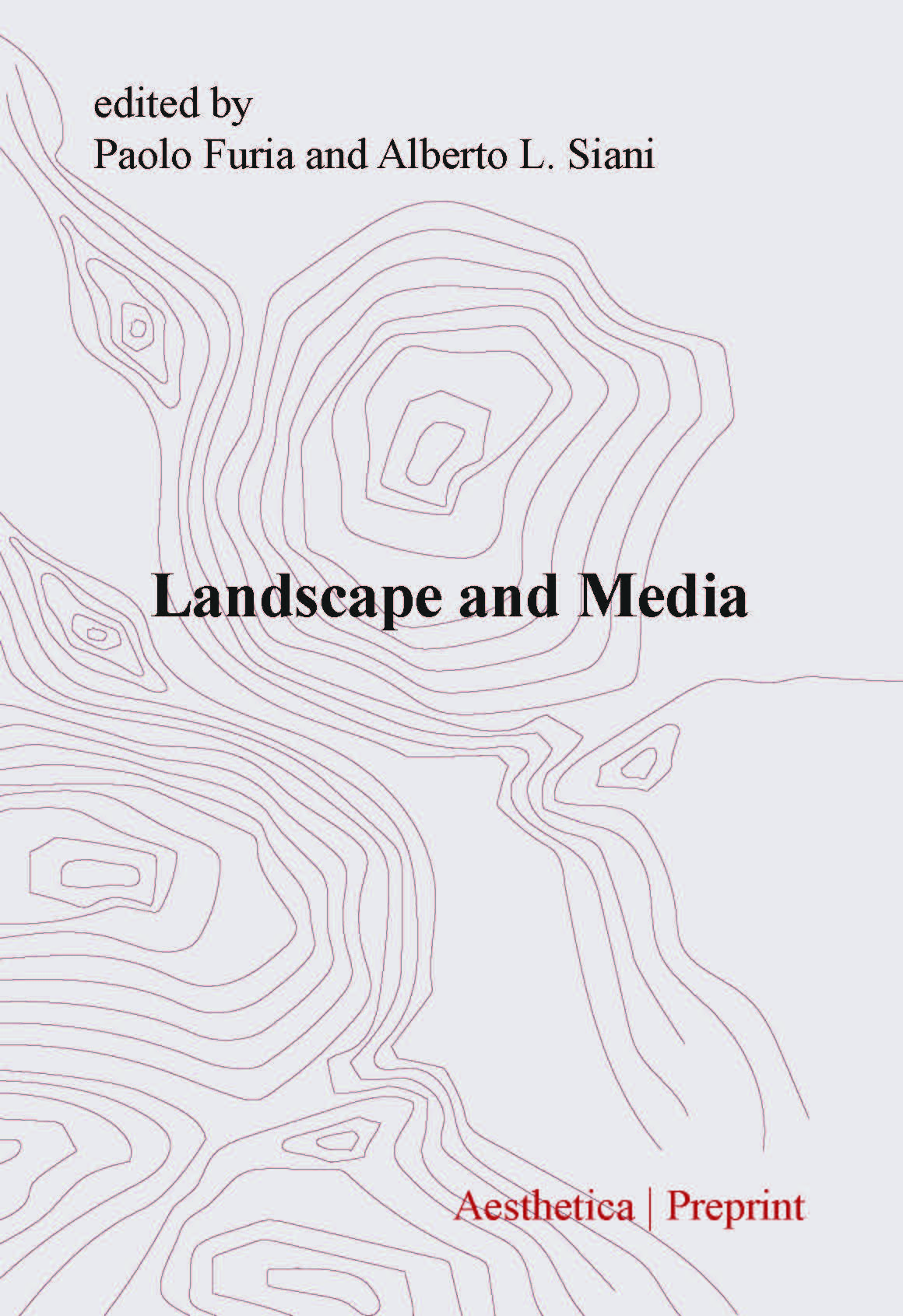Abstract
This paper aims to highlight the way in which César Manrique managed to create a correspondence between anthropic and natural elements, between nature and culture and to apply art to life through the mediation of ecological and sustainable architectures, capable of enhancing the morphological and geological uniqueness of the Canarian landscape. Through the analysis of his most important works, made on the island of Lanzarote between 1968 and 1990, we will focus on the importance of the ethical imperative that led to his aesthetic ideal in a process in which man and nature cooperate symbiotically, in order to perceive – even in the magmatic flow of the destructive force of lava streams – alternative ways of living in the world and of establishing an affective resonance with the environment.

